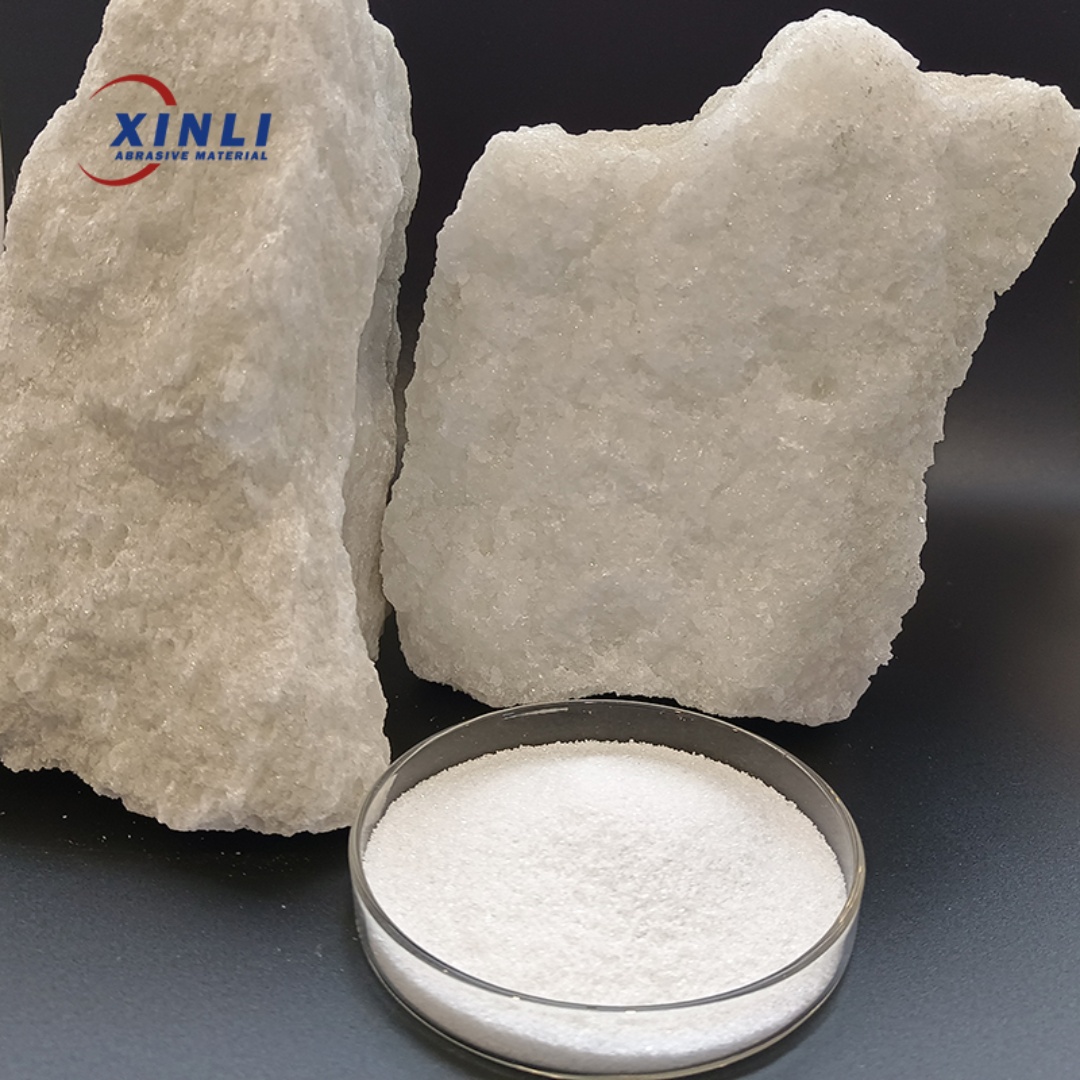White fused alumina (WFA), a premium abrasive material, has been gaining traction in various industrial applications due to its high purity, hardness, and versatility. As a vital component in advanced manufacturing, WFA is poised to play a significant role in the ongoing transformation of the abrasive industry.
White fused alumina is produced by fusing high-purity alumina in an electric arc furnace at high temperatures. Its key characteristics include:
-
- High Hardness: With a Mohs hardness of 9, WFA is ideal for precision grinding and cutting applications.
-
- Chemical Stability: Its resistance to chemical corrosion makes it suitable for challenging environments.
- Thermal Resistance: WFA maintains stability under high-temperature conditions, making it indispensable for refractory applications.
- Eco-Friendliness: As a recyclable material, it aligns with the growing emphasis on sustainability.
These properties have made white fused alumina a preferred choice in industries such as aerospace, automotive, electronics, and medical devices.
The demand for WFA is on the rise, driven by its suitability for high-tech and precision industries. For example:
-
- Aerospace: WFA is used in turbine blade polishing and coating removal due to its precision and durability.
- Electronics: The material’s high purity ensures effective grinding and lapping of semiconductor components.
- Medical Devices: Its biocompatibility and precision make it a key abrasive in producing surgical tools and implants.
- Automotive: WFA is employed in advanced coatings and surface treatments to enhance vehicle performance and longevity.
To meet the growing demand for high-quality abrasives, manufacturers are investing in technological advancements in WFA production. Key innovations include:
- Improved Purification Processes: Advanced refining techniques are enhancing the purity and consistency of WFA.
- Energy-Efficient Furnaces: New furnace designs are reducing energy consumption and emissions during the production process.
- Customized Grains: Tailored grain sizes and shapes are being developed to meet specific industrial requirements.

